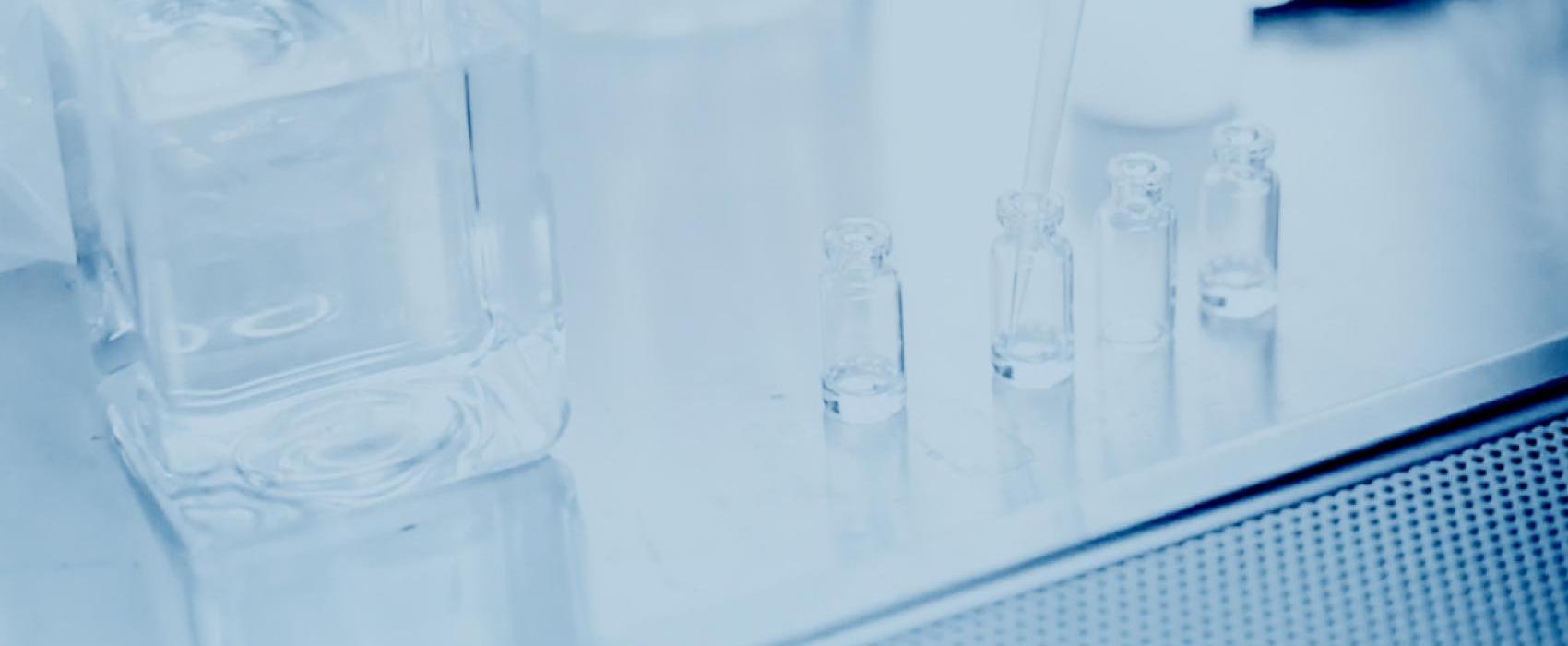
MHRP is counting down the top five program highlights of the year in the areas of HIV vaccine development, cure research and global health promotion. Check back each day as we count down to number one:

MHRP’s partner sites in Uganda, Kenya and Tanzania have enrolled more than 65,000 young women in PEPFAR’s DREAMS public-partnership initiatives. This program aims to keep them Determined, Resilient, Empowered, AIDS-free, Mentored and Safe through education, vocational training and other evidence-based interventions. The pictured Tanzanian women are going through training to become mechanics in the hopes that their new skills will someday generate income.
MHRP implements PEPFAR programs alongside local partners in civilian and military communities. This has helped MHRP build strong and trusting relationships in communities where we conduct research, and has also developed sustainable local healthcare capacity to address HIV and other medical programs. As of 2019, MHRP and partners provide lifesaving antiretroviral treatment to more than 350,000 individuals with PEPFAR support.

Three neutralizing antibody lineages were identified in an HIV-infected individual, insights which may help inform vaccine design. Researchers analyzed longitudinal samples from an HIV infected individual who was part of MHRP’s RV217 acute infection cohort, a multi-site study led by MHRP in East Africa that has captured samples from some of the earliest stages of HIV infection. Antibodies in this individual targeted the membrane-proximal external region (MPER) of the HIV-1 envelope, a site of vulnerability that may hold promise as a potential HIV vaccine target. The findings were published in the journal Immunity.

Infusion of a broadly neutralizing antibody (bNAb) in virally suppressed, early treated volunteers was associated with a modestly delayed rebound of HIV after interruption of antiretroviral therapy (ART). The study, the first randomized controlled trial to demonstrate this effect of VRC01, was led by the MHRP and the Thai Red Cross AIDS Research Centre. The study is part of a portfolio of MHRP’s HIV remission research that seeks to find treatments to suppress the virus without a need for lifelong ART. Researchers evaluated the use of VRC01 in a small cohort of Thai men (RV254) who were diagnosed and initiated ART within the first month of HIV infection, and who had been virally suppressed for about three years. Results were published in the Lancet HIV.

MHRP scientists identified a transcriptional signature in B cells associated with protection from SIV or HIV infection in five independent studies of HIV-1 vaccine candidates. The gene expression signature was found to correlate with protection in the only human HIV vaccine trial that previously showed modest efficacy, the WRAIR-led RV144. This new correlate of protection provides a clue as to why the vaccines were partially protective previously and may help to understand the mechanisms of efficacy in ongoing efficacy studies. Results were published in Science Translational Medicine.

In the 1990s, MHRP developed a family of new adjuvants called the Army Liposome Formulation (ALF), and the ALFQ recently was awarded a patent. Adjuvants are vaccine components that help activate the immune system and improve immune responses. MHRP will be evaluating the effect of these promising new compounds on vaccine responses in various HIV vaccine clinical trials in Kenya and Thailand in 2020. It will also be tested with vaccines for malaria, enteric diseases and heroin.